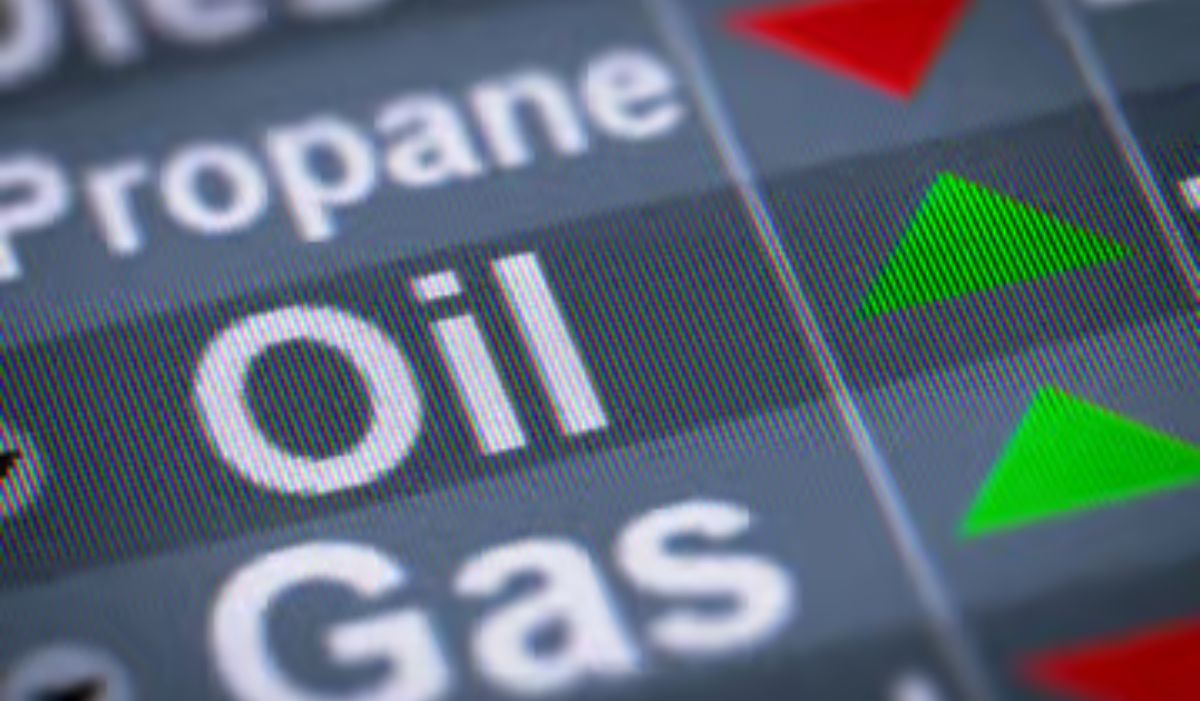Oil Prices Steady as Markets Await Potential Trump-Putin Talks

Oil prices remained relatively stable on Thursday after early gains were scaled back following the Kremlin’s announcement that Russian President Vladimir Putin is expected to meet U.S. President Donald Trump in the coming days.
The potential for a diplomatic breakthrough in the Ukraine conflict has shifted market sentiment.
On Thursday afternoon, Brent crude futures edged higher by 24 cents (0.4%) to reach $67.13 per barrel, while U.S. West Texas Intermediate (WTI) crude saw a modest increase of 21 cents (0.3%), trading at $64.56.
Wednesday’s trading session saw both crude benchmarks decline by about 1%, marking an eight-week low, largely attributed to Trump’s optimistic remarks about negotiations with Moscow.
Kremlin adviser Yuri Ushakov confirmed that preparations for a Trump-Putin meeting are underway, which would mark the first summit between the two leaders since 2021. Meanwhile, a senior U.S. official indicated the meeting could happen as early as next week, according to Reuters.
However, Washington continues to prepare for broader sanctions that may target major importers of Russian energy, including China, as a means to exert more pressure on Moscow.
“Oil is benefiting from a crude draw in the U.S., higher Saudi prices for Asia and solid Chinese crude imports in July,” said Giovanni Staunovo, a strategist at UBS. He added, however, that the news of a possible Trump-Putin meeting is tempering further price gains.
Russia, trailing only the U.S. in global oil production, continues to be central to global energy flows. According to the U.S. Energy Information Administration (EIA), American crude stocks dropped by 3 million barrels to 423.7 million in the week ending August 1, far surpassing the anticipated decline of 591,000 barrels projected by analysts surveyed by Reuters.
In Asia, China’s oil imports in July slipped by 5.4% compared to June, but year-on-year figures showed an 11.5% increase, signalling continued strength in refining demand.
On the supply side, Saudi Arabia—currently the largest crude exporter—has again increased its prices for Asian buyers in September, marking a second straight month of price hikes due to limited supply and strong regional demand.
Despite these bullish indicators, macroeconomic concerns continue to weigh on the market. The U.S. recently imposed a fresh 25% tariff on Indian products, citing India’s ongoing purchases of Russian oil. The new tariff is set to take effect on August 28, and Trump has indicated the possibility of additional trade measures against China.





